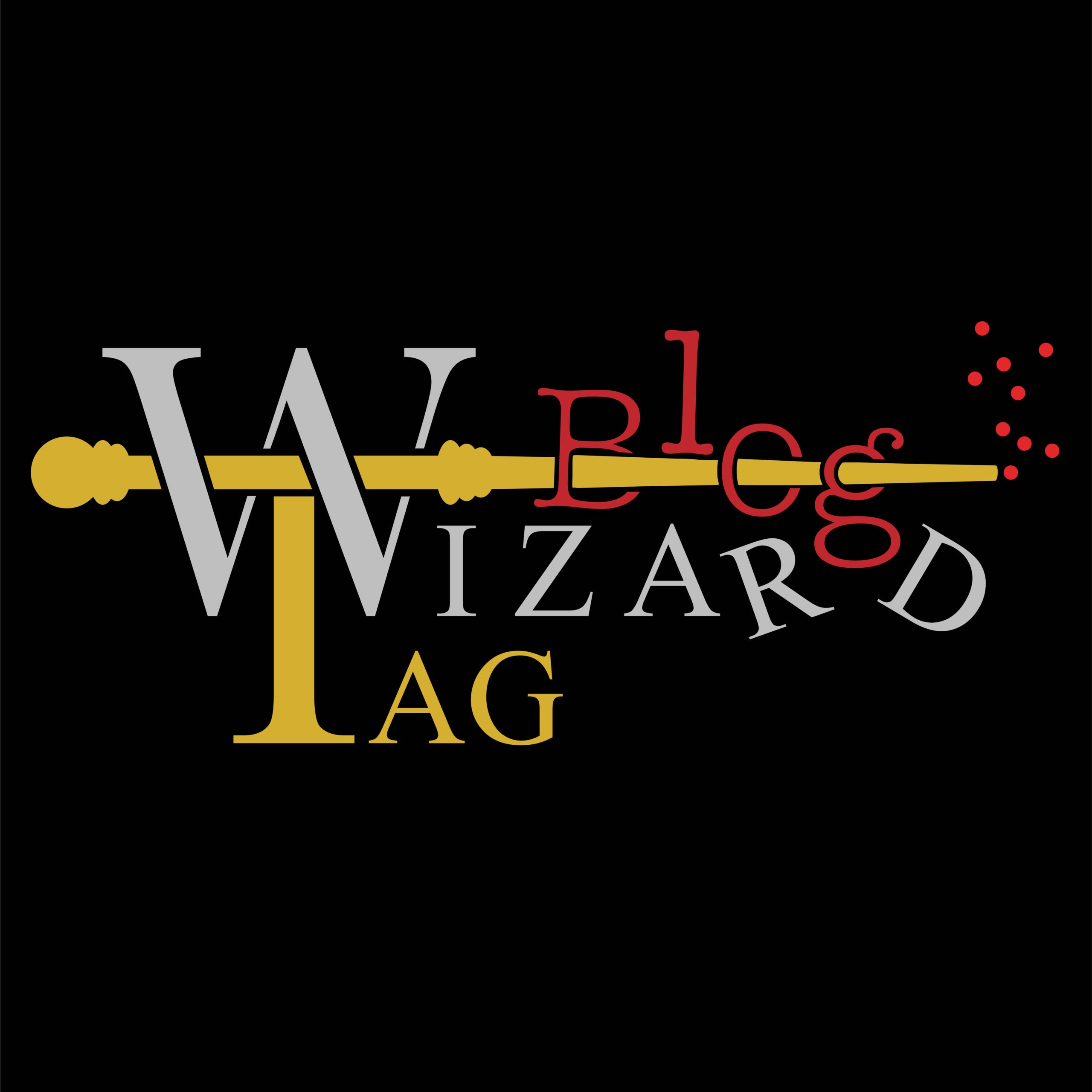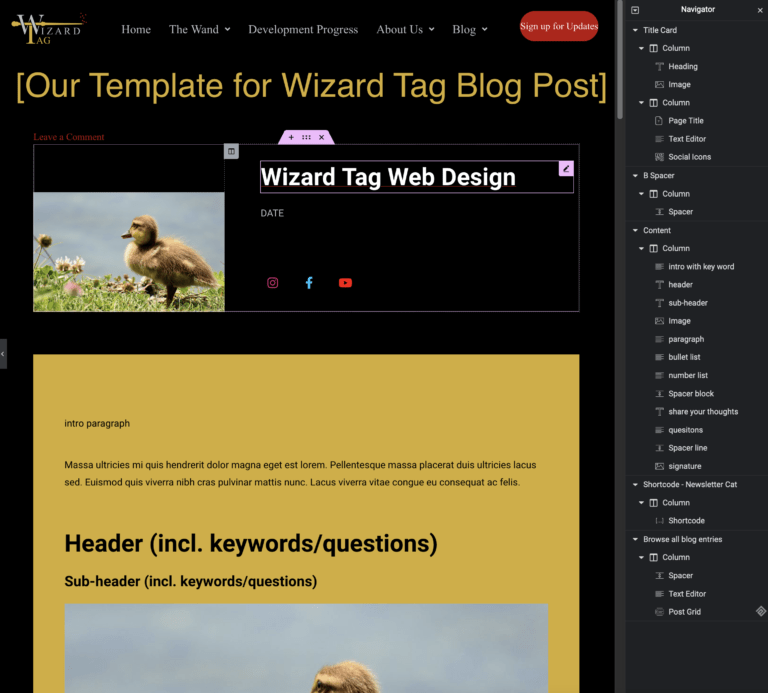Wizard Tag

Most businesses are going to require startup capital. We did all of the research and development, prototyping, and testing, using our own savings.
Taking a fully designed product to market requires a lot more money in most cases, and ours is no exception.
This is a description of some of our options and what we plan to do.
How to Approach the Tricky Process of Financing an Invention
Financing to get started.
One of the earliest concerns for our company was financing. We decided to fund the design, development, and production of prototypes with our own money. This was possible due to being retired from the military and having been thrifty for 32 years. We saved and invested and were able to take some money out of the market before starting.
Our estimates for getting the wands to production go beyond what we want to risk from personal savings, which are really for retirement. Therefore, we started looking at our options.
Researching the different funding options (there were a lot to consider).
Bank loans came to mind right away, but they are not easy to get and even if the bank accepts your pitch and the risk, it is really your own collateral that you are risking and I did not want to do that. It would be better to just risk our own money outright. Then there are “angel” investors but we don’t want to give away percentages of the company, especially if it really takes off, and then we would regret not owning all of it.
There has been no shortage of friends who generously offered to invest in Wizard Tag. I think they would buy stock if we were public, but mostly they are just saying they trust us and would throw money at our project. But even those kinds of investors need an ROI!
We looked at government grants. The first place we considered was the Small Business Administration (SBA), but it turns out that mostly they give loans, or guarantee loans, which is not what we wanted. Then we saw that there is something called America’s Seed Fund, which is a pool of grant money to get businesses started.
I was actually looking at Small Business Innovation and Research grants, or SBIRS, when I found out that many US government agencies give out grants. The Department of Defense is one of the biggest, but we didn’t find a place in DoD where our project fit.
In the search for grants, we found that the National Science Foundation gives out seed money, so we prepared a pitch for them to try to get some grant money to help. Our pitch was accepted, which means that now we are in a pool of businesses that are allowed to make a full proposal.
The proposal package is large and detailed and only 15% of applicants will be awarded grants. We still have to decide, but it looks like a good way to fund research towards the next version of our product (which is kind of a different game altogether), but not for manufacturing the current incarnation. Since the NSF focuses on technological innovation, we have to incorporate some new ideas into the wand for the planned upgrade.
Recently we met with a business accelerator which connects venture capitalists with startups. Although it is not in our plan to fund this way, it may be necessary at some point in order to rapidly scale the business if the demand is there. Their training programs are selective; usually choosing only 5 startups to participate from about 50 applicants. The end goal of these accelerators is to match businesses with capital.What about crowdfunding?
We decided to look into crowdfunding as a way to get that final chunk of financing. This is a way for us to raise the money we need primarily for manufacturing, packaging, and distribution.
Crowdfunding will also give us information about the viability of the product and the number of potential customers.
Crowdfunding is essentially like doing internet pre-orders for the product. In reality, crowdfunders are always taking a risk, since they pay money up front for a product that may not be completely finished and is not going to ship right away.
Some campaigns don’t ship their products for 6 months to a year. We plan to do it differently and to have everything ready for production before we launch the campaign.
The decision to choose crowdfunding.
The beauty of crowdfunding is the connection you make with the community.
The community of people funding the project are the ones who make the product real! From contributing monetarily to aid manufacturing or giving input on the product itself before it even goes into production, the community is the last and most important piece of the puzzle.
We hope to have all of the legwork done by the time we go to crowdfunding, having the design for manufacturing on standby, ready to be tooled, manufacturers and materials selected, boxes and packaging designed and tested, and the product itself on its final revision of the prototype, looking good and playtested.
All that would remain is adding the finishing touches to make the product the best it can be, and this is where we hope the community will come into play.
We will probably use Kickstarter, the most well-known of crowdfunding companies, but more details of our plan, as well as instructions on how to set up and use the crowdfunding platform, will be in upcoming crowdfunding blogs!Share your thoughts in the comments below!
- Have you ever had to finance a personal project or business venture?
- What method did you use and how did you decide?

Want more Wizard Tag updates?
Follow our Progress as we create Laser Tag for Wizards!
#makingmagicreal
Browse the Latest Blogs:

Game Review: The Vale of Eternity
- 6 min read
- Date: May 12, 2024

Game Night: Root
- 4 min read
- Date: May 5, 2024

Wizard Tag Web Design
- 4 min read
- Date: April 28, 2024